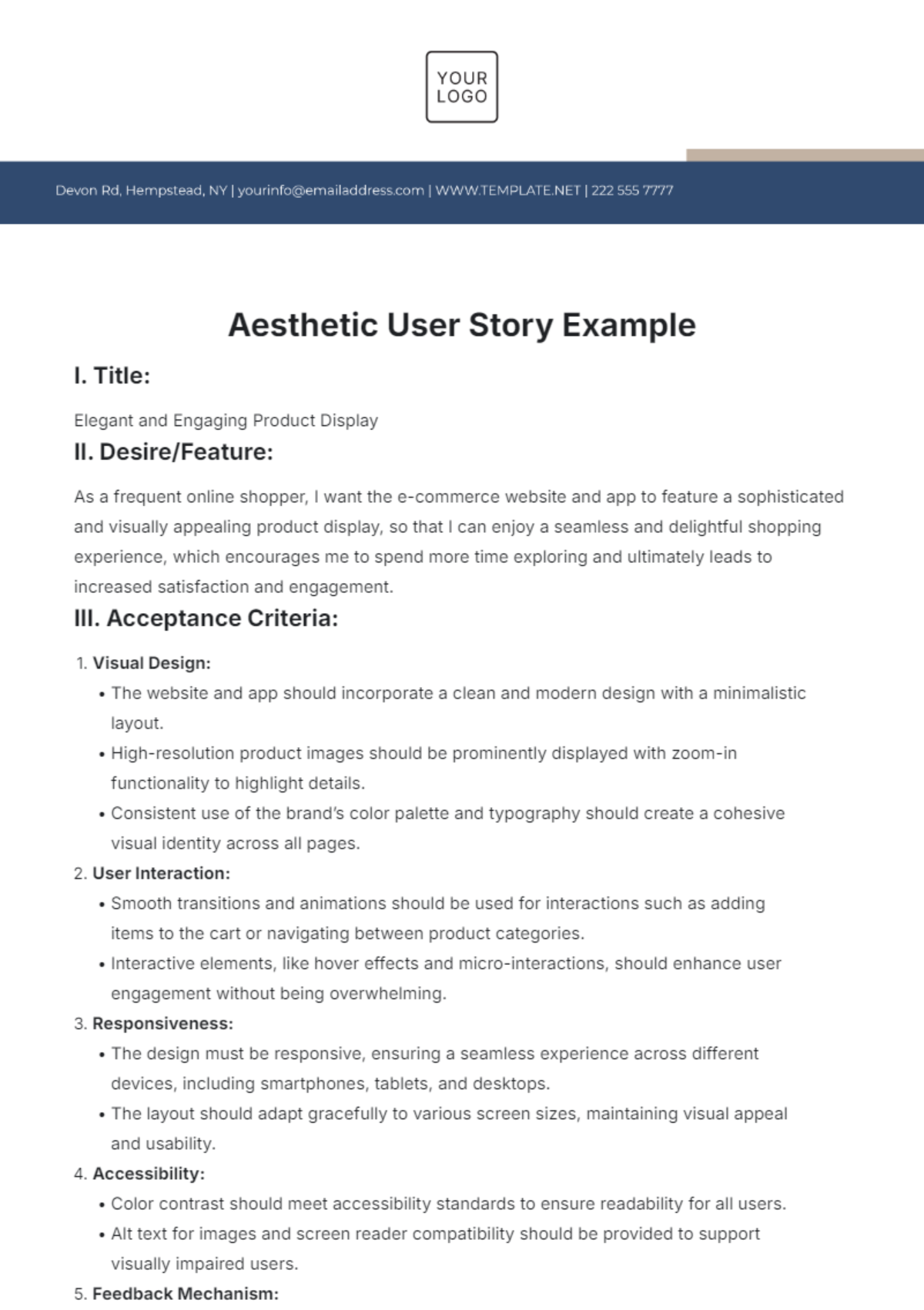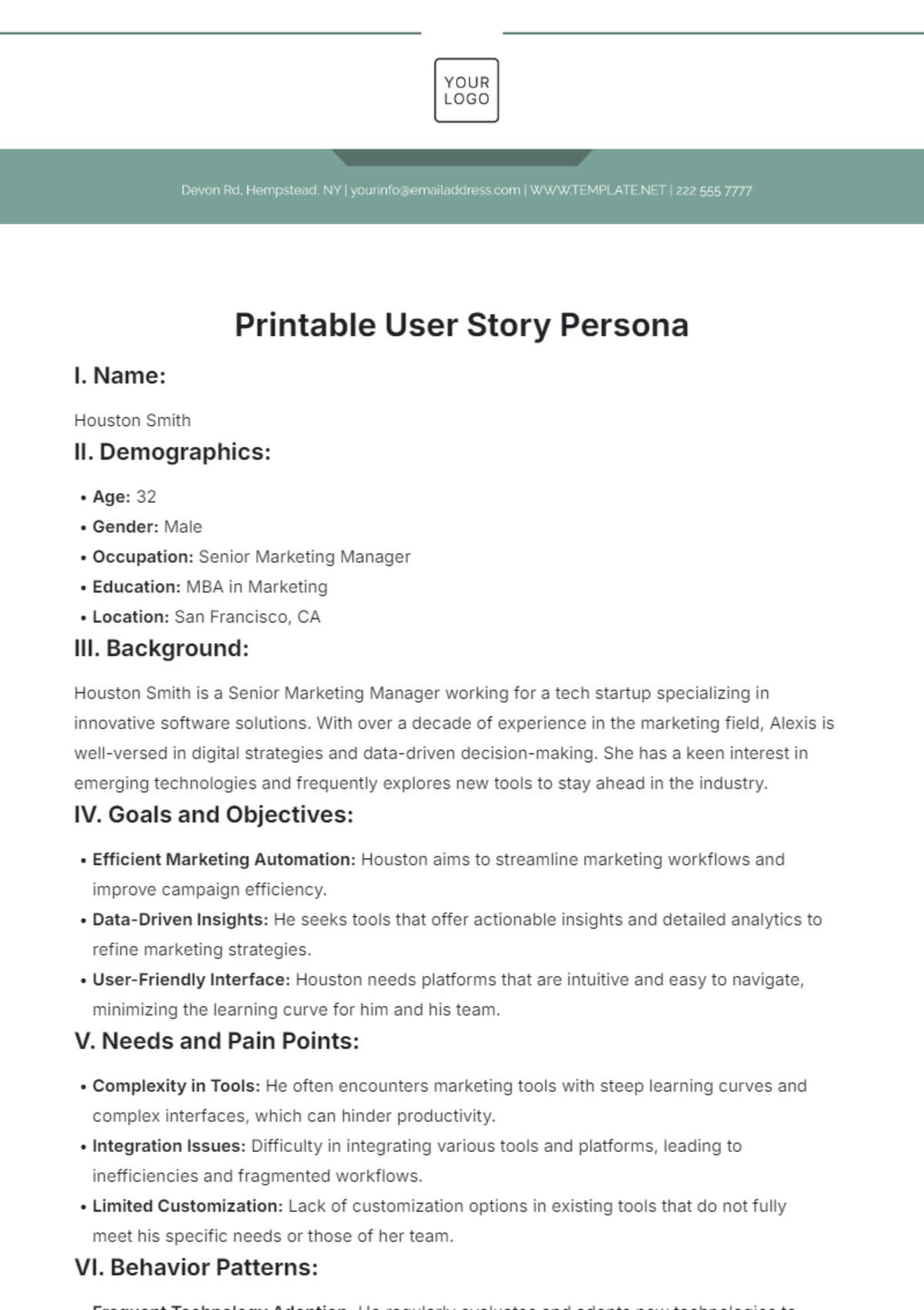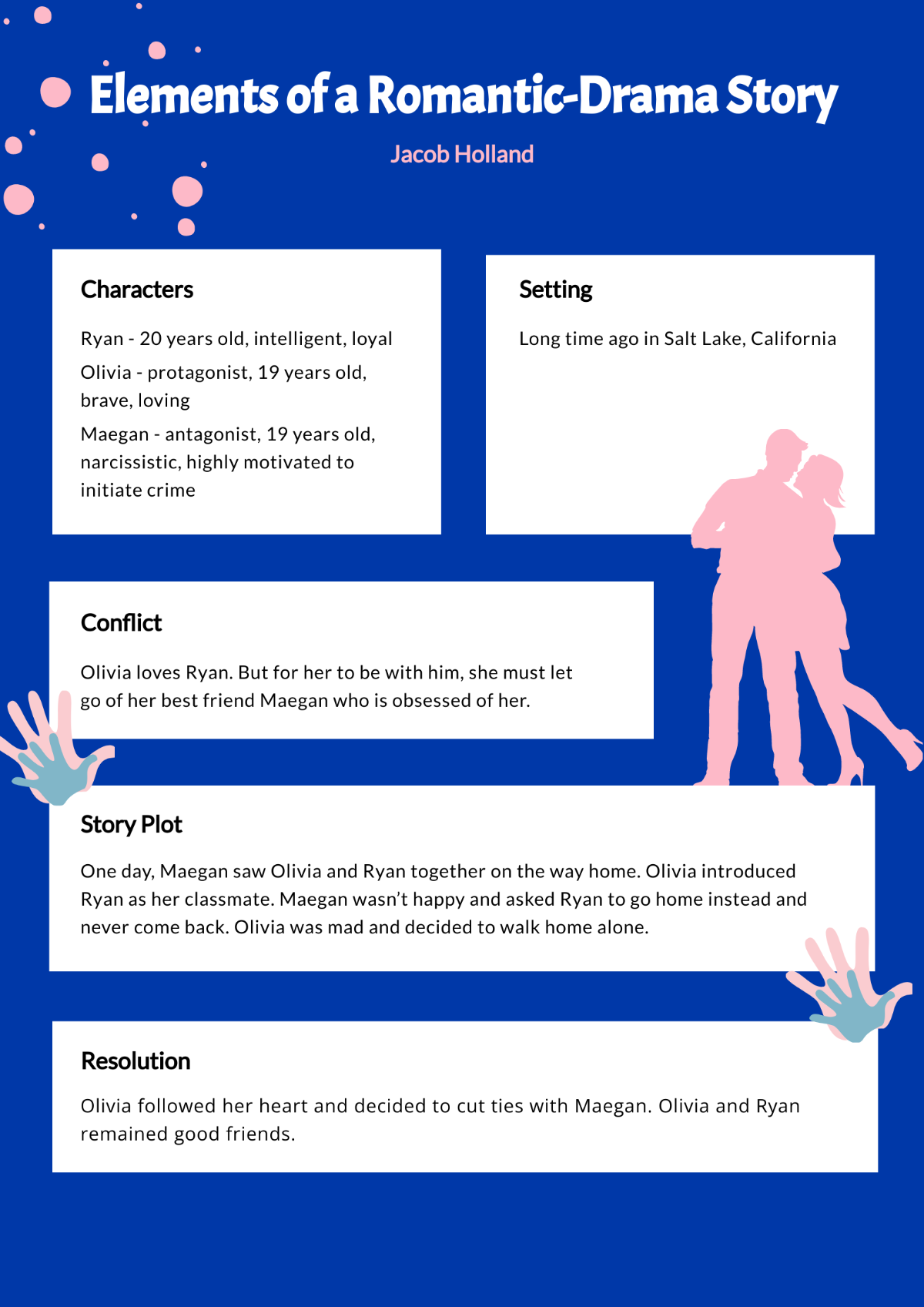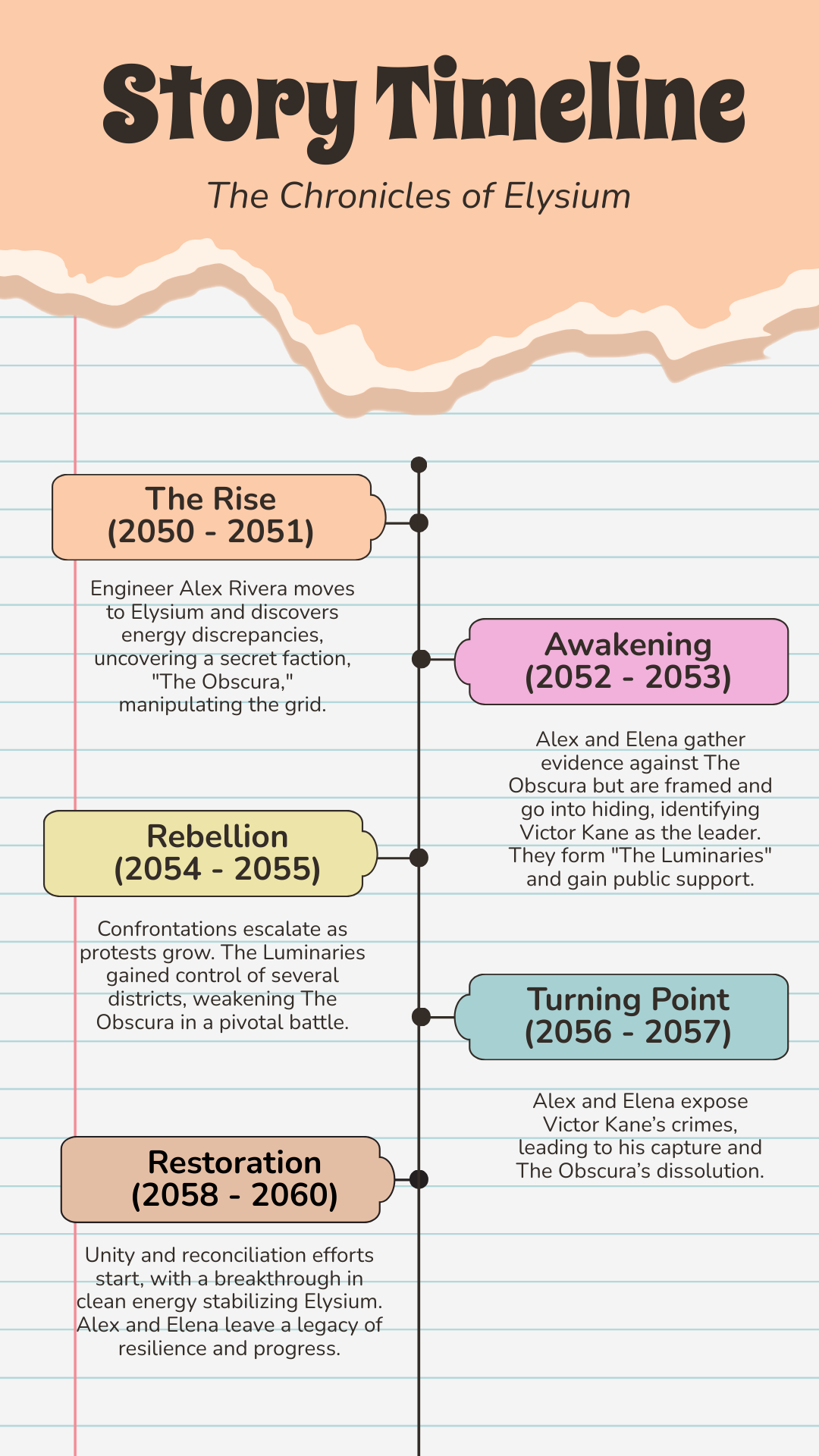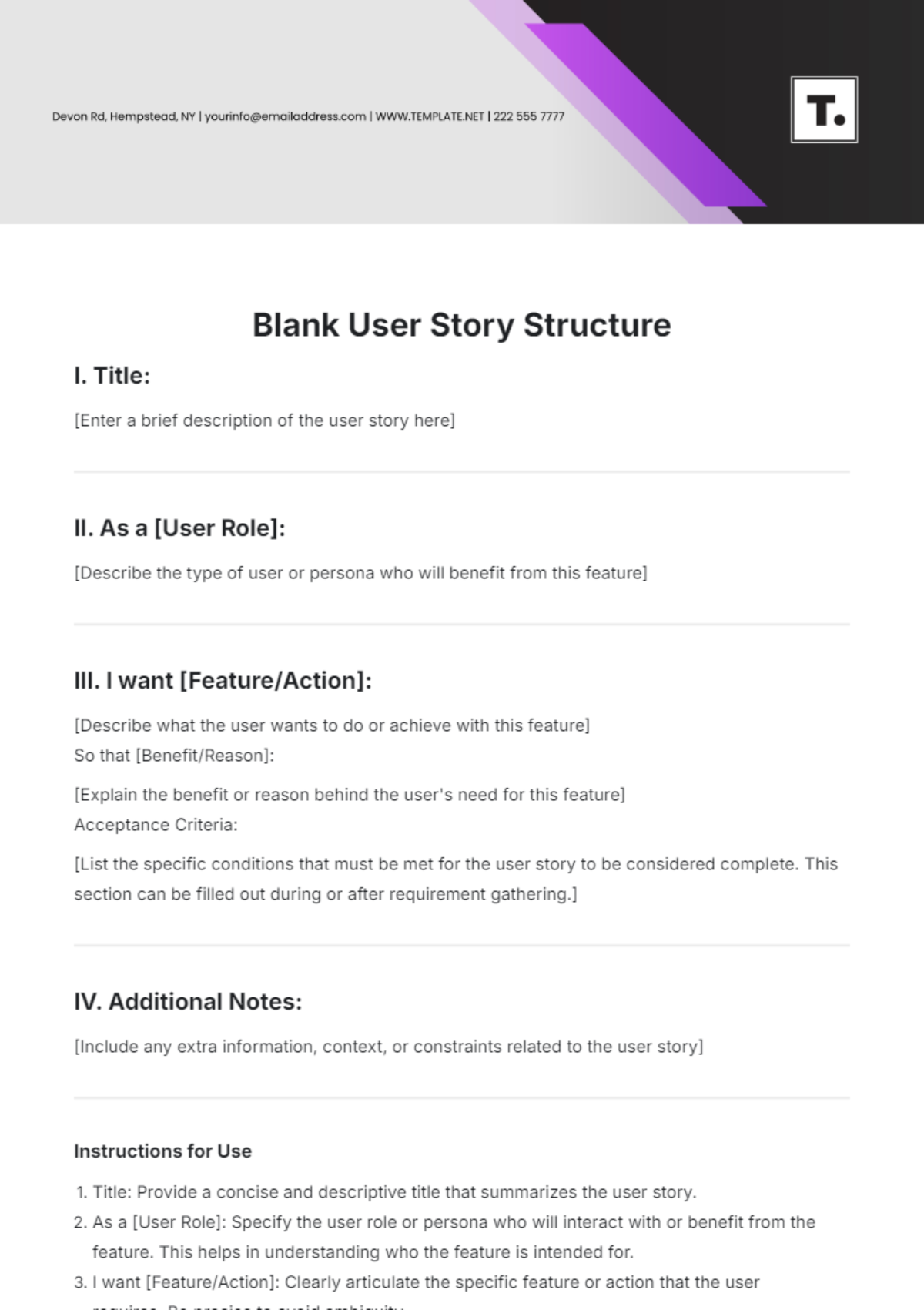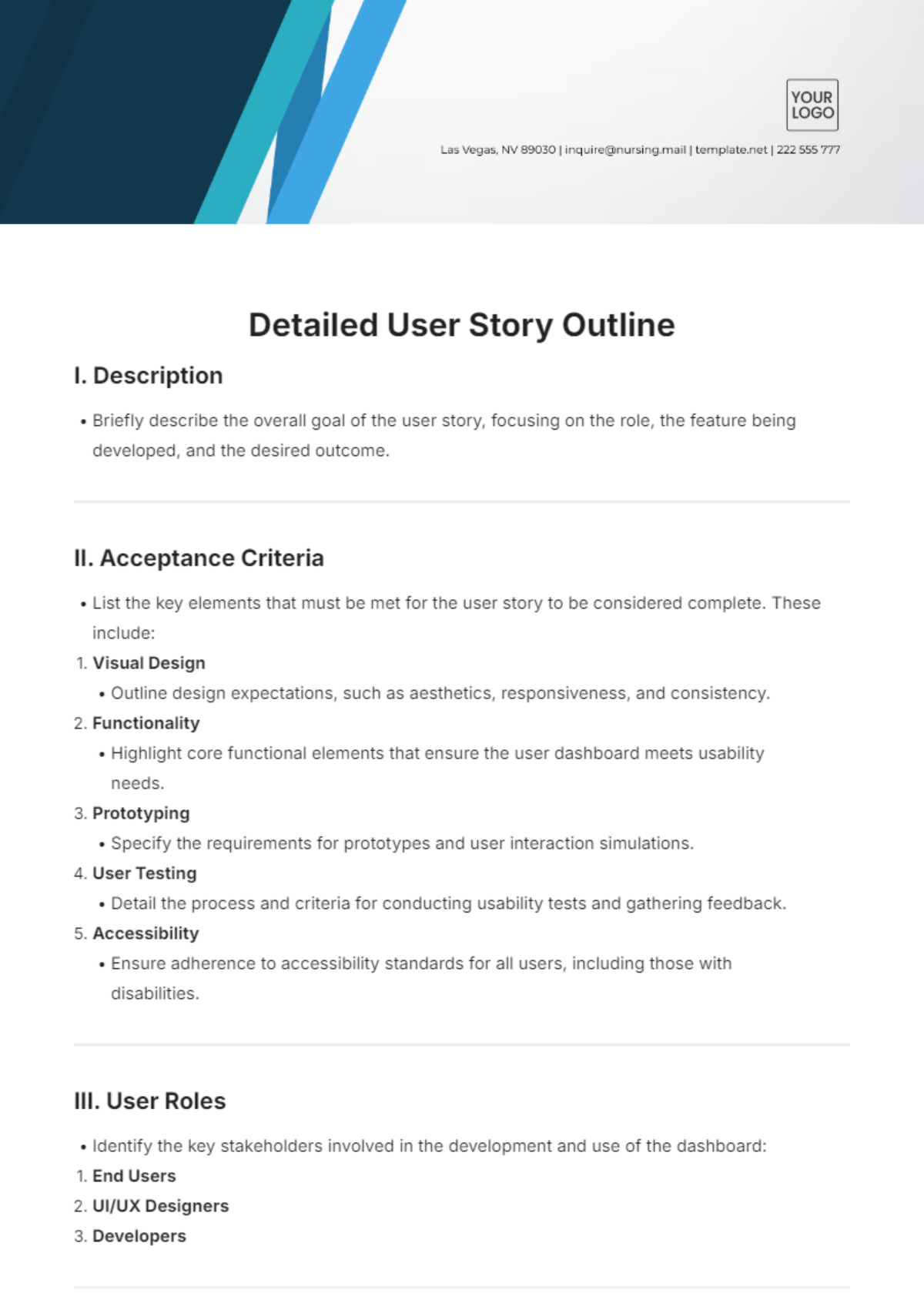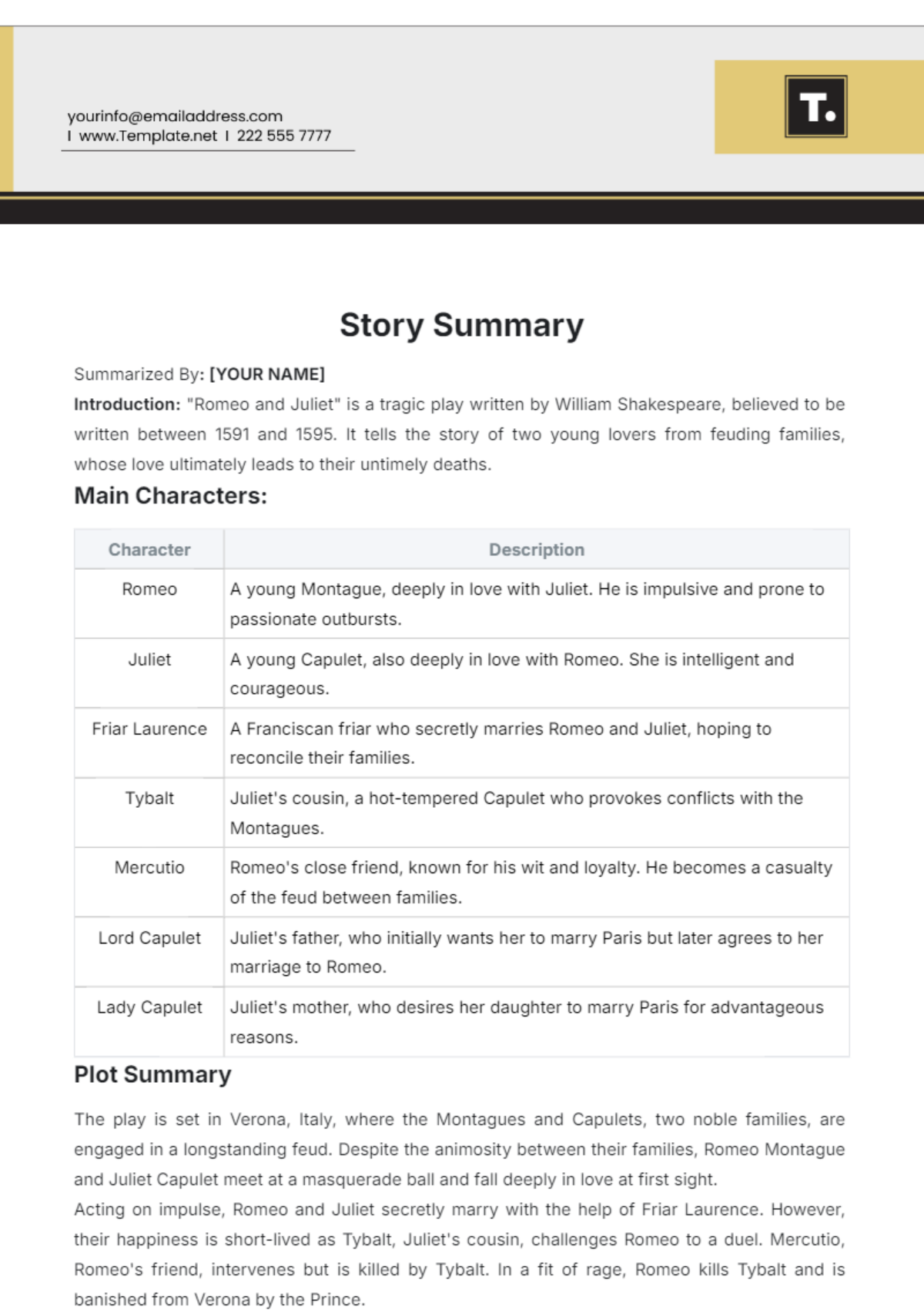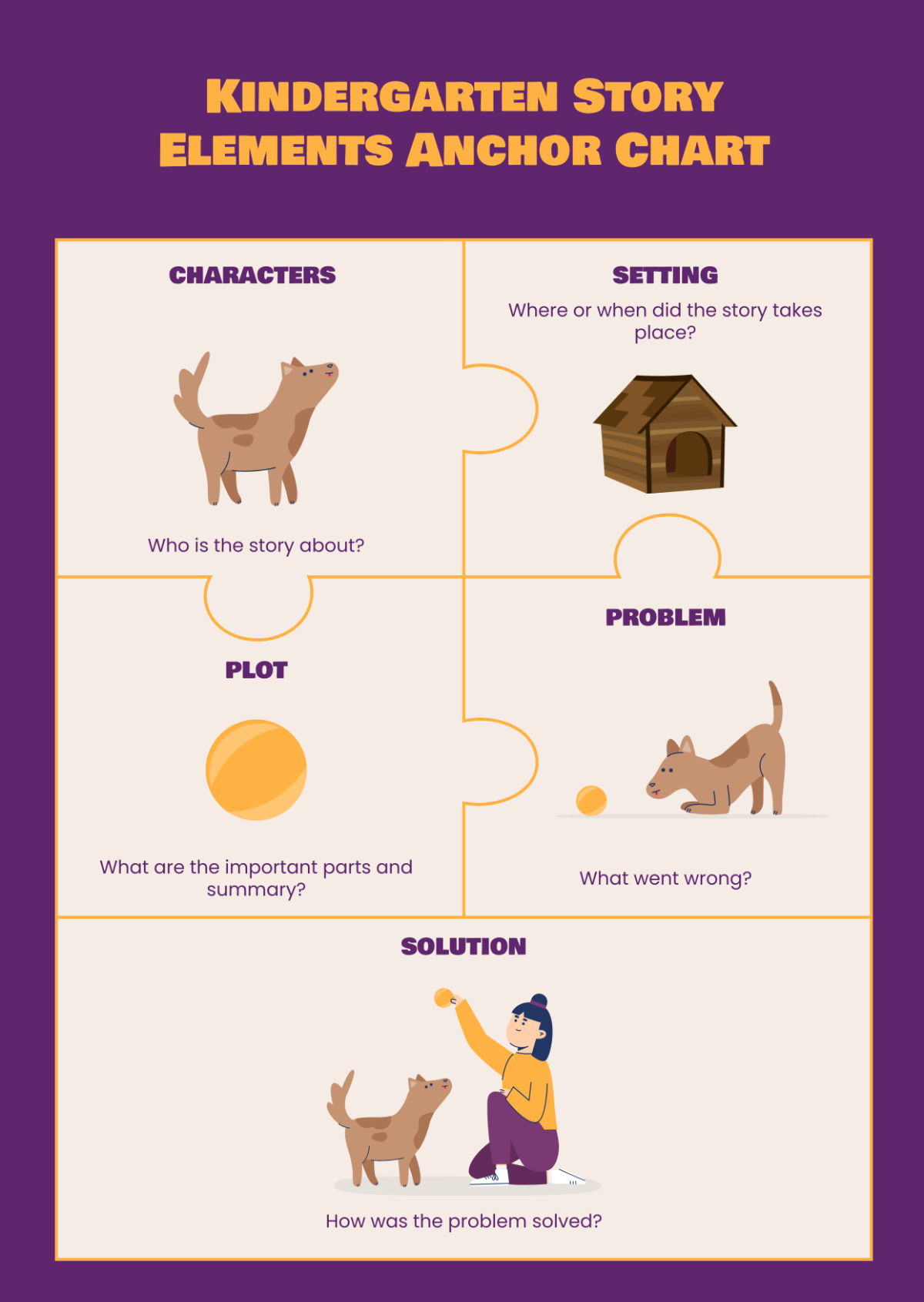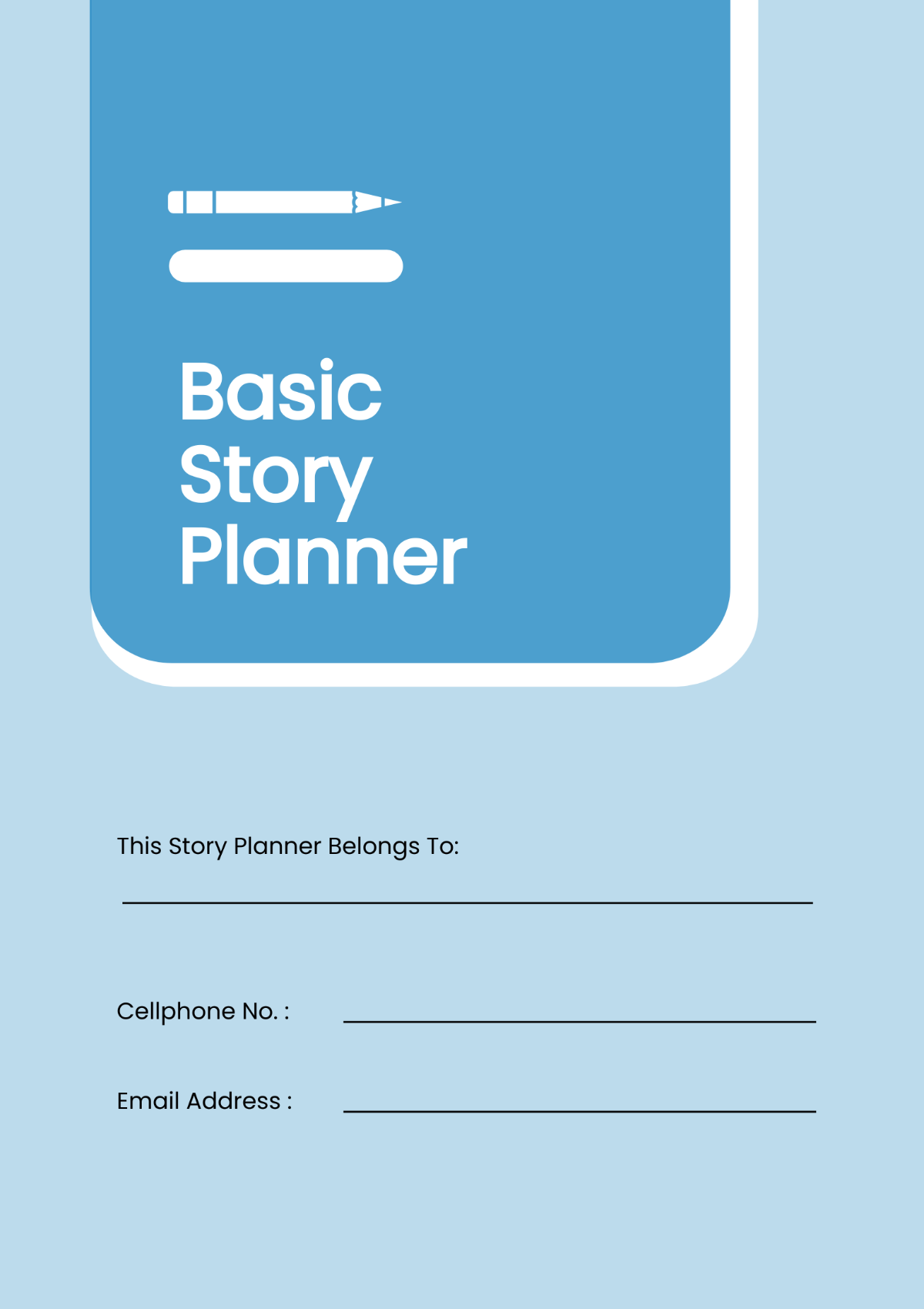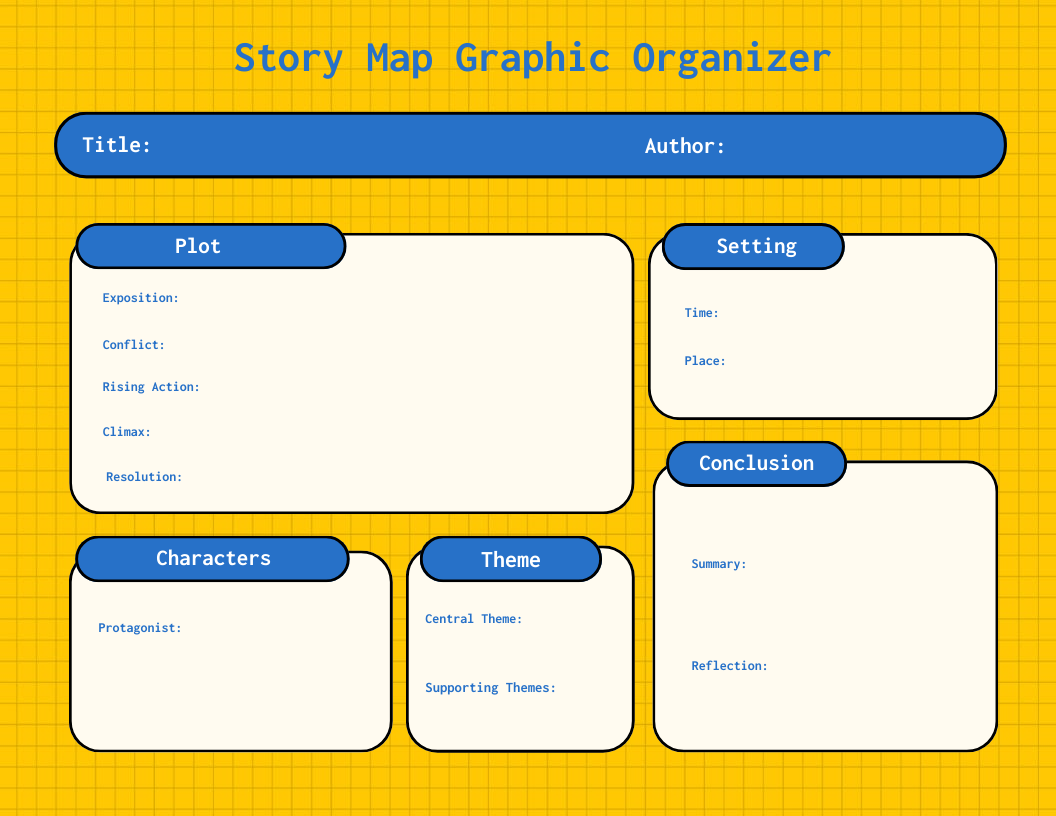Simple User Story
I. Overview
This section offers a succinct overview of the user story for [Your Company Name], highlighting its intent and relevance to the broader project goals. It helps stakeholders understand the necessity and potential impact of the proposed feature.
Purpose: The primary aim of this user story is to streamline the user interface of our internal sales dashboard to enhance accessibility and efficiency for our sales representatives.
Business Value: We expect this improvement to significantly decrease the time it takes for representatives to input and retrieve data, thereby increasing productivity and potentially boosting sales figures.
II. User Story
Here, the user story is detailed clearly, presenting who the user is, what they need, and why they need it. This section aims to provide clear guidance for the development team to focus on the end-user’s requirements.
As a [Sales Representative],
I want a simplified and more intuitive interface for the sales dashboard,
So that I can manage my client data and sales metrics more quickly and accurately.
Example:
As a sales representative at [Your Company Name],
I want the ability to customize the dashboard panels,
So that I can have all necessary information accessible from a single screen.
III. Acceptance Criteria
Define the specific, measurable criteria that must be fulfilled for the user story to be considered complete. This section acts as a guideline for what constitutes a finished and satisfactory feature.
Criterion 1: The dashboard must load within 2 seconds of navigation.
Criterion 2: Each panel on the dashboard should be customizable in terms of data displayed.
Criterion 3: The interface must be tested and proven functional across Chrome, Firefox, and Safari on both desktop and mobile platforms.
Checklist:
Dashboard load time is under 2 seconds
Customizability of dashboard panels
Cross-platform functionality tested and confirmed
IV. Tasks
Outline the specific tasks that need to be executed to achieve the story’s objectives. This helps in task delegation and progress tracking throughout the project phase.
Task 1: Redesign the user interface to allow panel customization.
Task 2: Implement the changes in the front-end codebase.
Task 3: Set up a testing protocol involving at least 20 sales representatives by [May 2050].
Numbered Steps
Design Approval: Finalize and approve the UI design by [April 2050].
Development: Complete the programming necessary by [June 2050].
Testing and Adjustments: Collect feedback and make necessary adjustments by [July 2050].
V. Dependencies
List any prerequisites or other projects that this user story is contingent upon. Addressing these early helps prevent delays and complications later on.
Internal Dependencies: Coordination with the IT department for backend data integration.
External Dependencies: Procurement of a new software tool for real-time data analysis.
VI. Monitoring and Evaluation
Discuss the strategies for monitoring the success of the new feature post-deployment, ensuring it meets the defined objectives and adapts based on user feedback.
Performance Metrics: Measure the reduction in data entry and retrieval time for sales representatives.
User Feedback: Conduct a survey in [August 2050] to gather representative feedback on the new dashboard.
By adhering to this user story, [Your Company Name] can maintain a streamlined approach to implementing essential features, facilitating better planning, and execution while aligning closely with strategic business goals.

